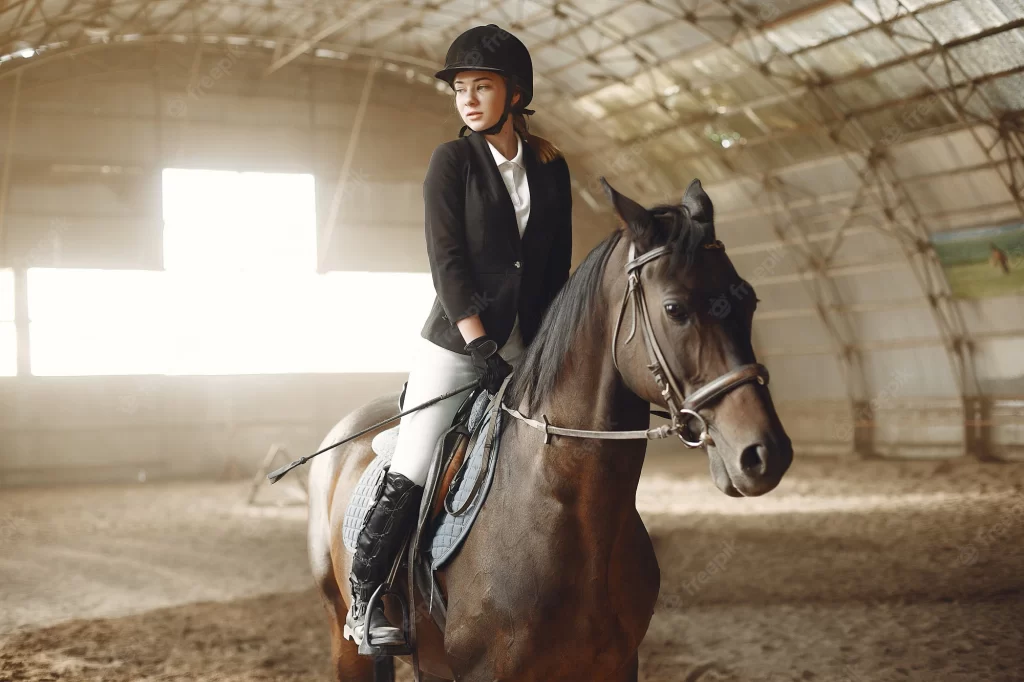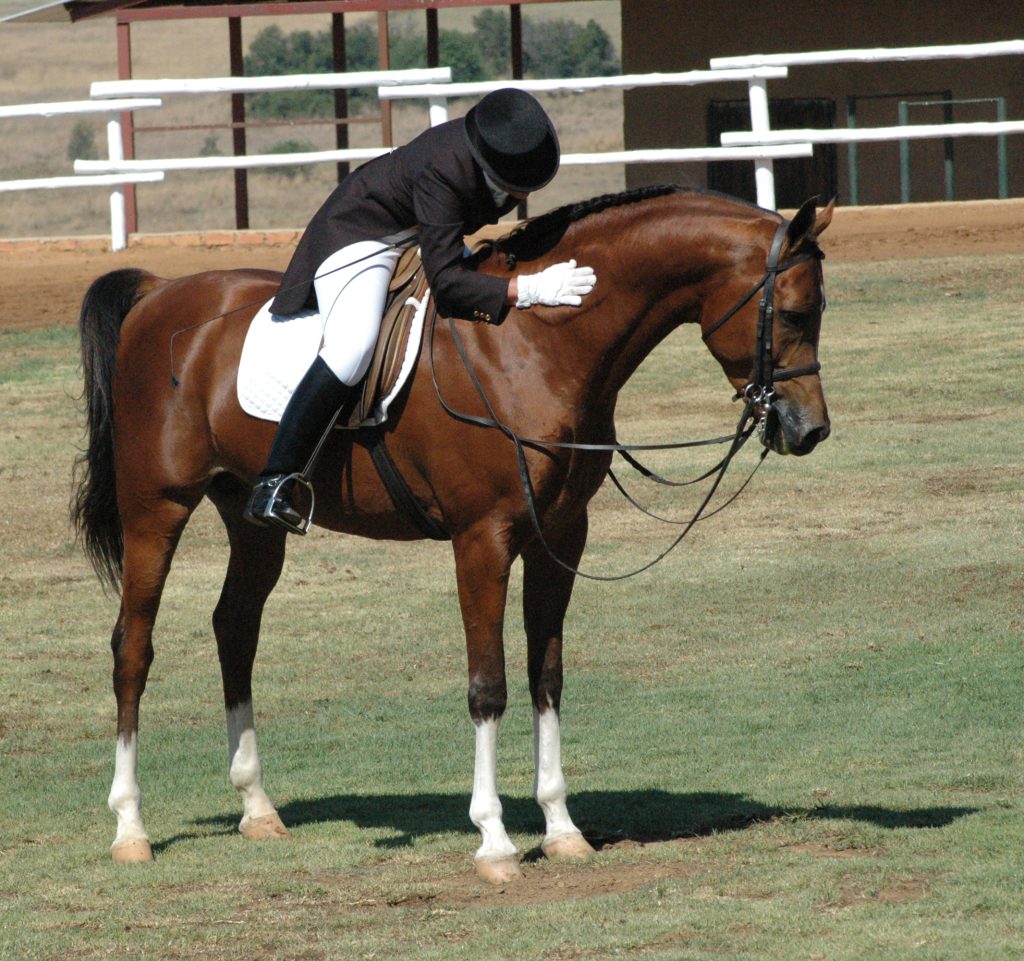
The science behind riding a horse is rooted in the laws of motion. When the horse moves forward, the rider is thrown back, which means he needs to adjust his balance to keep up. He also needs to avoid being behind the centre of gravity of the horse. This law becomes especially important when a rider increases the speed of the horse from a walk to a trot or when he changes direction.
The research on horse behaviour was conducted by studying the behavioural patterns of horses in different riding situations. When a rider approached a horse, it was common for the horse to display similar behaviours. Horses also displayed similar behaviours near the entrance of the arena. They were also shown to have a good memory for the arena. It was also found that the horses’ behaviour was shaped by their spatial and exploratory gradients. Understanding these patterns of behaviour can help us make safer horse-handling decisions.
The results of the study suggest that the optimal position for riding is symmetrical and that riding in a backwards-tilted position can decrease performance. However, more research is needed to determine the exact technical skills needed to become a good rider. Further, it is important to note that riding styles vary widely between individuals as some may just use a riding school in Essex while others may compete in sporting events.
The Physics of Show Jumping

If you’ve been a long-time spectator of show jumping, you may have wondered how the sport is performed. Fortunately, this sport, like any other, is highly scientific, and scientists studying it can help you understand it better and to see what benefits the sport has for the horse and rider. The first step in understanding the sport is to understand the mechanics of the horse’s jump. In order to jump successfully, the horse must be able to transfer its energy from potential to kinetic energy before it can land. This process is known as ‘energy conservation,’ and involves the Law of Conservation.
The forces a horse exerts while jumping are quite complex. For example, a horse will experience forces equal to around 1600 kilograms when he hits the ground after a 1.60 m jump. The forces increase further if the horse is too close to the jump or if the jump is made from water. Because of this, it is imperative to properly manage the forces and stress placed on the horse.
Another key element of show jumping is balancing. The horse’s balance depends on the length of his neck and the angle at which the rider places him. The rider must maintain contact with his reins and let the horse stretch its neck forward. This helps the horse to balance itself while jumping, as the neck acts as a balancing mechanism for the horse.



